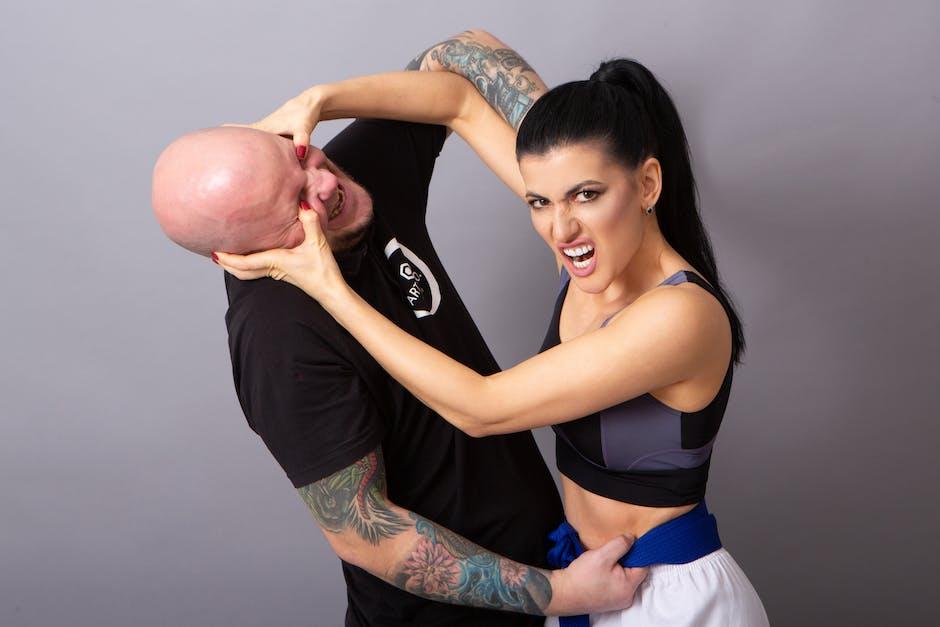Improving your relationship starts with one simple but powerful act: being present. In a world buzzing with distractions, being fully engaged with your partner can feel like a lost art. But here’s the thing—presence is the glue that holds relationships together. It deepens your connection, builds trust, and creates a safe space for love to thrive.
If you’ve ever felt like your relationship is running on autopilot or that you’re missing out on meaningful moments, this is your sign to hit pause. Let’s explore how being present can transform your relationship into one that feels alive, fulfilling, and deeply connected.
Key Takeaways
- Being present means more than just showing up physically—it’s about emotional and mental engagement.
- Presence strengthens trust, intimacy, and emotional bonds.
- Simple practices like mindful listening and eliminating distractions can help you stay present.
- Presence enhances both physical and emotional intimacy in relationships.
- Overcoming barriers like stress and technology is key to maintaining presence.
Understanding Presence in Relationships
What is Presence?
Definition and Meaning of Being Present
Being present means giving your full attention to the moment and the person in front of you. It’s about tuning out distractions—whether it’s your phone, work stress, or wandering thoughts—and focusing on what truly matters.
Think of it as being “all in” during your interactions. You’re not just hearing words; you’re absorbing emotions, body language, and unspoken cues.
Differentiating Physical Presence from Emotional Presence
Physical presence is simply being in the same room. Emotional presence, however, is where the magic happens. It’s when you’re mentally and emotionally engaged, showing your partner that they’re your priority.
For example, sitting next to your partner while scrolling through Instagram isn’t being present. But looking into their eyes during a conversation? That’s emotional presence.
Why Presence Matters in Relationships
Strengthening Emotional Connection
When you’re present, you create a space where your partner feels seen, heard, and valued. This strengthens your emotional connection and makes your relationship feel like a safe haven.
Building Trust and Intimacy
Presence builds trust because it shows your partner that they matter. When you’re fully engaged, you’re saying, “I’m here for you, and I care.” This trust lays the foundation for deeper intimacy.

The Importance of Being Present in All Interactions
How Presence Impacts Communication
Reducing Misunderstandings
When you’re truly present, you’re less likely to misinterpret your partner’s words or intentions. You catch the nuances in their tone and body language, which helps you respond thoughtfully.
Enhancing Clarity and Empathy
Presence allows you to listen with empathy, making your partner feel understood. This clarity can prevent arguments and foster a sense of teamwork.
Presence and Authenticity
Bringing Your Authentic Self to Interactions
Being present means showing up as your true self, without pretense or distractions. It’s about being genuine and vulnerable, which strengthens your bond.
Avoiding Distractions and Superficial Engagement
Distractions can make your partner feel like an afterthought. By putting away your phone and focusing on them, you show that they’re your priority.

Tips for Practicing Presence in Your Relationship
Mindful Listening
What Mindful Listening Looks Like
Mindful listening is about giving your partner your undivided attention. You’re not just waiting for your turn to speak; you’re fully absorbing what they’re saying.
How to Practice Mindful Listening
- Maintain eye contact.
- Nod or use small verbal cues to show you’re engaged.
- Reflect back what you’ve heard to confirm understanding.
For more on how listening can improve your relationship, check out this guide.
Eliminating Distractions
Setting Aside Technology During Conversations
Put your phone on silent or leave it in another room. This small act can make a big difference in how connected your partner feels.
Creating Dedicated Time for Your Partner
Schedule regular “us time” where you can focus solely on each other. Whether it’s a date night or a simple walk, these moments can strengthen your bond.
Practicing Gratitude and Appreciation
Acknowledging Your Partner’s Efforts
Take a moment to notice and appreciate the little things your partner does. A simple “thank you” can go a long way.
Expressing Gratitude Regularly
Make it a habit to express gratitude daily. It reminds your partner that they’re valued and loved.

Presence and Intimacy
Presence in Physical Intimacy
How Being Present Enhances Sexual Connection
When you’re fully present during physical intimacy, you’re more attuned to your partner’s needs and desires. This creates a deeper, more satisfying connection.
The Role of Presence in Fostering Eroticism
Presence allows you to explore and enjoy the moment without distractions, making intimacy more passionate and fulfilling.
Emotional Intimacy Through Presence
Sharing Vulnerabilities
Being present creates a safe space for sharing fears, dreams, and insecurities. This vulnerability deepens your emotional bond.
Deepening Emotional Bonds
When you’re present, you’re not just hearing your partner’s words; you’re feeling their emotions. This deepens your connection on a soul level.

Overcoming Challenges to Being Present
Recognizing Barriers to Presence
Identifying Personal Distractions
Take note of what pulls your attention away from your partner. Is it your phone? Work stress? Identifying these distractions is the first step to overcoming them.
Addressing Stress and Mental Clutter
Stress can make it hard to be present. Practice mindfulness or meditation to clear your mind and focus on the moment.
Developing Habits for Consistent Presence
Practicing Mindfulness Techniques
Mindfulness techniques, like deep breathing or grounding exercises, can help you stay present during interactions.
Building a Routine for Intentional Connection
Create rituals, like a nightly check-in or weekly date, to prioritize presence in your relationship.
For more tips on nurturing healthy relationships, visit this resource.
Making Your Presence Felt
Non-Verbal Cues of Presence
Maintaining Eye Contact
Eye contact shows your partner that you’re fully engaged and interested in what they’re saying.
Using Body Language to Show Attentiveness
Lean in, nod, and mirror your partner’s expressions to show that you’re actively listening.
Verbal Affirmations of Presence
Validating Your Partner’s Feelings
Acknowledge your partner’s emotions by saying things like, “I can see why you feel that way.”
Engaging in Meaningful Conversations
Ask open-ended questions and share your thoughts to keep the conversation flowing.
For more on fostering meaningful relationships, check out this article.
By practicing presence, you’re not just improving your relationship—you’re transforming it. You’re creating a space where love, trust, and intimacy can flourish. So, the next time you’re with your partner, put down your phone, take a deep breath, and truly be there. Because in the end, presence isn’t just a gift for your partner—it’s a gift for yourself.
FAQs About Improving Your Relationship By Being Present – Your Guide to Deeper Connections
What does it mean to be present in a relationship?
Being present in a relationship means giving your full attention to your partner in the moment, without distractions. It involves active listening, emotional engagement, and mindfulness to truly connect with your partner on a deeper level.
Why is being present important for a healthy relationship?
Being present fosters trust, understanding, and emotional intimacy. It helps both partners feel valued and heard, reducing misunderstandings and strengthening the bond between you.
How can I practice mindfulness to be more present with my partner?
You can practice mindfulness by focusing on your partner during conversations, setting aside distractions like phones, and engaging in activities together that require your full attention. Mindful breathing or meditation can also help you stay grounded.
What are some common distractions that prevent us from being present?
Common distractions include smartphones, work-related stress, social media, and multitasking. These can pull your attention away from your partner and hinder meaningful interactions.
How can I communicate to my partner that I want us to be more present together?
Start by expressing your feelings honestly and positively. Share why being present matters to you and suggest specific ways you both can work on it, such as scheduling tech-free time or having regular check-ins.
Can being present help resolve conflicts in a relationship?
Yes, being present can help resolve conflicts by improving communication and understanding. When you actively listen and respond thoughtfully, it reduces defensiveness and allows both partners to feel heard and respected.
What are some activities that encourage being present in a relationship?
Activities like cooking together, going for a walk, practicing yoga, or having a deep conversation without distractions can encourage presence. Shared experiences help you connect and focus on each other.
How can I balance being present with my partner while managing a busy schedule?
Prioritize quality over quantity. Even short moments of undivided attention, like a meaningful conversation or a shared meal, can make a big difference. Schedule intentional time together, even if it’s brief.
What are the signs that I or my partner are not being present in the relationship?
Signs include frequent distractions, lack of eye contact, superficial conversations, or feeling emotionally distant. If either of you feels unheard or unimportant, it may indicate a lack of presence.
Can being present improve intimacy in a relationship?
Absolutely. Being present deepens emotional intimacy, which often enhances physical intimacy as well. When you feel connected and valued, it creates a safe and loving environment for intimacy to flourish.



